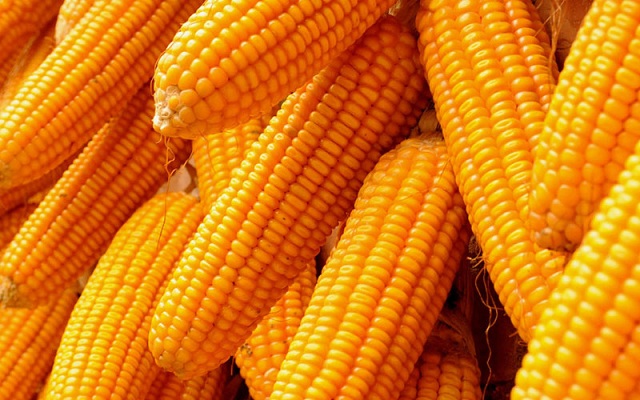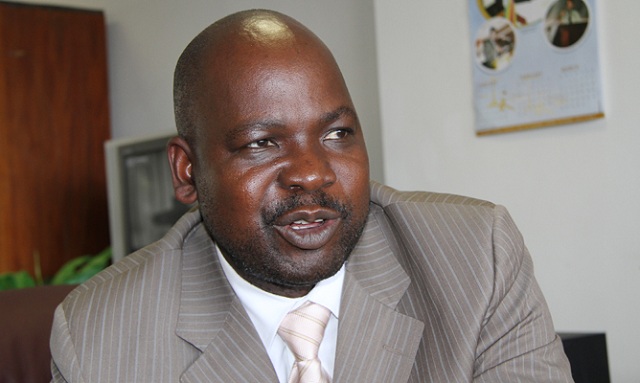EDITORIAL COMMENT: Maize price reduction welcome

The price of maize rose markedly over the past few weeks. This is a natural consequence of the general shortage of the commodity on the market as the country is experiencing a drought.Late last month we reported that traders in Bulawayo had increased the price of maize and small grains by more than 50 percent citing increasing demand. The price of a bucket of maize in the informal market had risen to between $7 and $8 from between $4 and $5. Small grains like wheat and millet are now being sold at $5 per bucket from an average $3.
The Grain Marketing Board (GMB) was also selling its maize at a high price, $23 for a 50kg bag. In a difficult economy such as ours such high prices worsen the people’s suffering as even before the drought, they were struggling to put food on the table.
The government recognised that and last week ordered the GMB to reduce the price of maize to $15 per 50kg bag, thus enable more people to access food at a lower price.
Speaking in Parliament Public Service, Labour and Social Welfare Minister Prisca Mupfumira said:
“We’re aware as government that the price of maize at the Grain Marketing Board was high at around $23 per bag. We’ve asked that the price be reduced, so we agreed in Cabinet yesterday that the price must come down to $15 per bag for households. That’s for households and not business.”
The old price, $23 per bag, is really a lot of money for an average family, particularly a rural one, to spend on sadza/isitshwala alone, not to mention relish. Even in an urban setting that still is too high, so the government has shown its concern for the people by ordering the country’s main maize provider to reduce its price.
An average family in rural Zimbabwe has up to 10 members who, under normal circumstances consume at least 50kg of mealie-meal per month. This means that at the old price of $23, that family would have spent about $276 up to the next harvest in March 2017. By rural standards, this is a staggering sum of money. At the new price, that family will spend about $180. It is still a lot of money, but a family can fight to raise it in 12 months.
Governments’ response to food shortage typically takes three parallel but complementary strategies. They provide food using state resources and create conditions for aid agencies to distribute it too. Both are targeted at the most vulnerable people in society — orphans and child-headed families, widows, the elderly, and the sick. These receive the food for free. The third strategy is that of delivering food to the people through commercial markets where those with money can buy. In our case, the GMB, since it sells maize and does not distribute it for free, falls in the third category of fighting hunger through the market. This also includes supermarkets, commercial millers and other food stores.
Through its order, the government is making sure that even the markets, in the limited sense of GMB, play a meaningful role in making food available without further emptying the pockets of the hungry.
The first two strategies — food provision through state resources and NGOs — are already at work, serving the poorest of the poor. This, however, needs more attention as there are reports of some people going hungry for days.
The country requires about two million tonnes of maize for livestock and human consumption annually, yet for the past two seasons; our farmers only harvested a fraction of it. That is why the government issued an international appeal for $1,5 billion to buy food for the hungry. In 2015, the hungry population was about 1,4 million, but when Vice-President Emmerson Mnangagwa issued the appeal mid last month, he said 2,4 million needed food aid.
This shows that we are facing a difficult food security challenge which cannot be addressed when your national granary is selling maize at $23 per bag.
Thus, we are pleased with the government order for the GMB to reduce its price as we also are with the United Nations’ recent announcement that it has mobilised $76 million for drought relief. The UN assistance will be channelled to the neediest, for whom even the reduced GMB price of $15 per 50kg bag is more expensive than an arm and a leg.
While we hail the UN for raising $76 million, we recognise that this is still far less than the $1,5 billion that the government quoted in the global appeal.
For that reason, we continue to call on those around the world who are able and willing to save our people from hunger to scale up their donations.












Comments